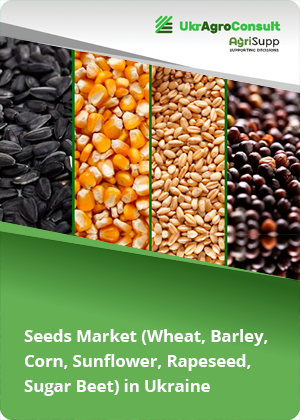Brazilian domestic market of corn loses strength with the US environment

The Brazilian domestic market has behaved normally, complying with the vision of production losses in the second crop, but also with the observation that we need to provide an exit for internal surpluses. The market distortion once again comes from the agribusiness media, which is driving producers to believe in possible price hikes in the middle of the harvest of the 2024 second crop. While the export potential does not reach at least 40 mln tons this year, it seems difficult to sustain a bullish bias. Now, Brazil’s difficulty is to compete with low prices on the international market, even though we still have an exchange rate helping to adjust the international lows for domestic prices in reals.
The 2024 second crop is now entering its harvest peak. This is a different year from the normal second-crop seasonality. We had very early plantings in most of the producing regions and, therefore, we will not have many harvests in September or the second half of July. The extremely dry weather in May and June is accelerating this maturation process and loss of moisture in crops, making the harvest viable.
Of course, there is concern about the smaller crop in Mato Grosso do Sul and northern Paraná, as well as, under new assessments now in corn, and sorghum in São Paulo and Minas Gerais. On the other hand, the excellent production in Goiás, Mato Grosso, and Matopiba continues. In general, therefore, Brazil cannot rule out exports in a year like this. The declines on the CBOT at the end of the week have a major impact on this export target. Brazil is not competitive yet with low prices abroad, and therefore the decline to less than USD 4.00/bushel greatly affects internal price formation. On the other hand, in Brazil the very strong devaluation of the real is equalizing this external price low with port indications in the country. The big risk is a slowdown in the exchange rate due to some government intervention. In this case, it is not possible to be sure whether premiums could rise to equalize the Brazilian price with the international market.
Last week, the market even tried to impose a certain internal movement as well as on B3, focusing on highs in the middle of the second-crop harvest. However, the USDA report dismantled this bias, at least until exports confirm a better movement. Now, the Brazilian line-up has reached just over 2 mln tons to be shipped in July. This volume should improve as the period progresses. However, there is a large flow forming in the North Arch, but quite slowly in the ports of Paranaguá and Santos. Both the ports should only see better traffic from August onward.
In any case, however, port levels fell below BRL 61 last week, even with the current exchange rate situation. The CBOT lows and the dollar highs ended up keeping port prices unchanged. Now, the focus is on the weather in July in the United States but also on the stronger advance of harvests in Brazil and, perhaps, a loss of optimism on the part of producers with a sharp high in the middle of the Brazilian second-crop harvest.
Read also
Wheat in Southern Brazil Impacted by Dry Weather and Frosts
Oilseed Industry. Leaders and Strategies in the Times of a Great Change
Black Sea & Danube Region: Oilseed and Vegoil Markets Within Ongoing Transfor...
Serbia. The drought will cause extremely high losses for farmers this year
2023/24 Safrinha Corn in Brazil 91% Harvested
Write to us
Our manager will contact you soon



